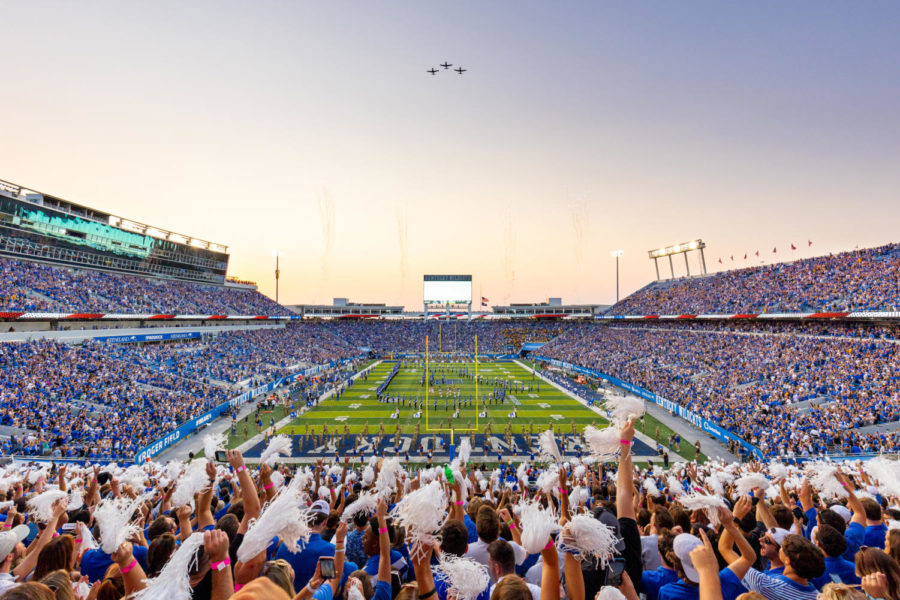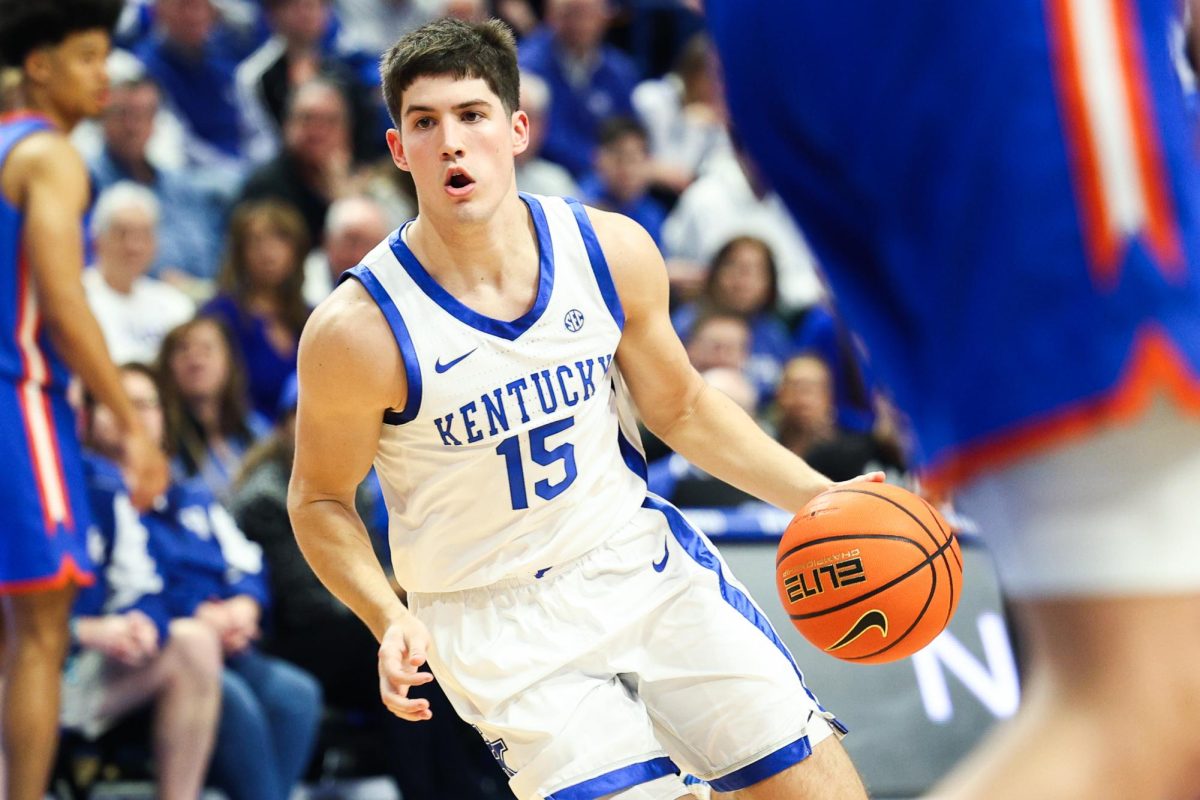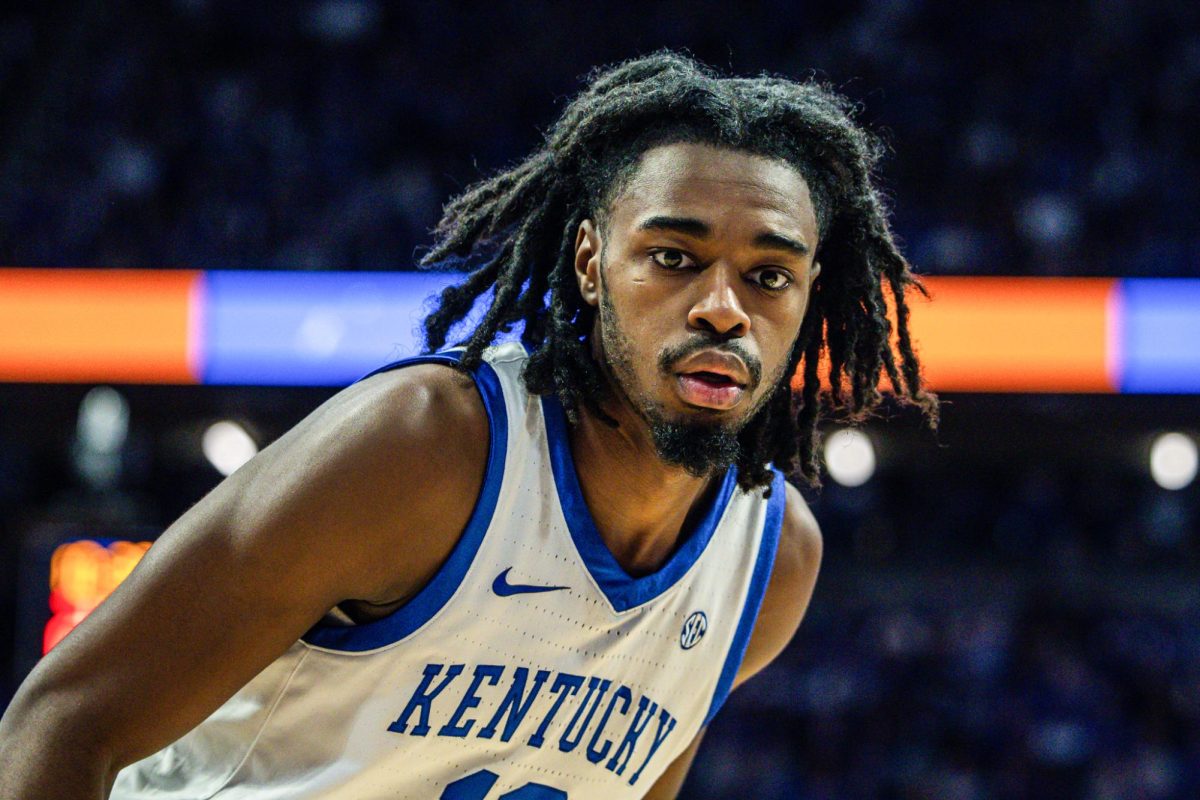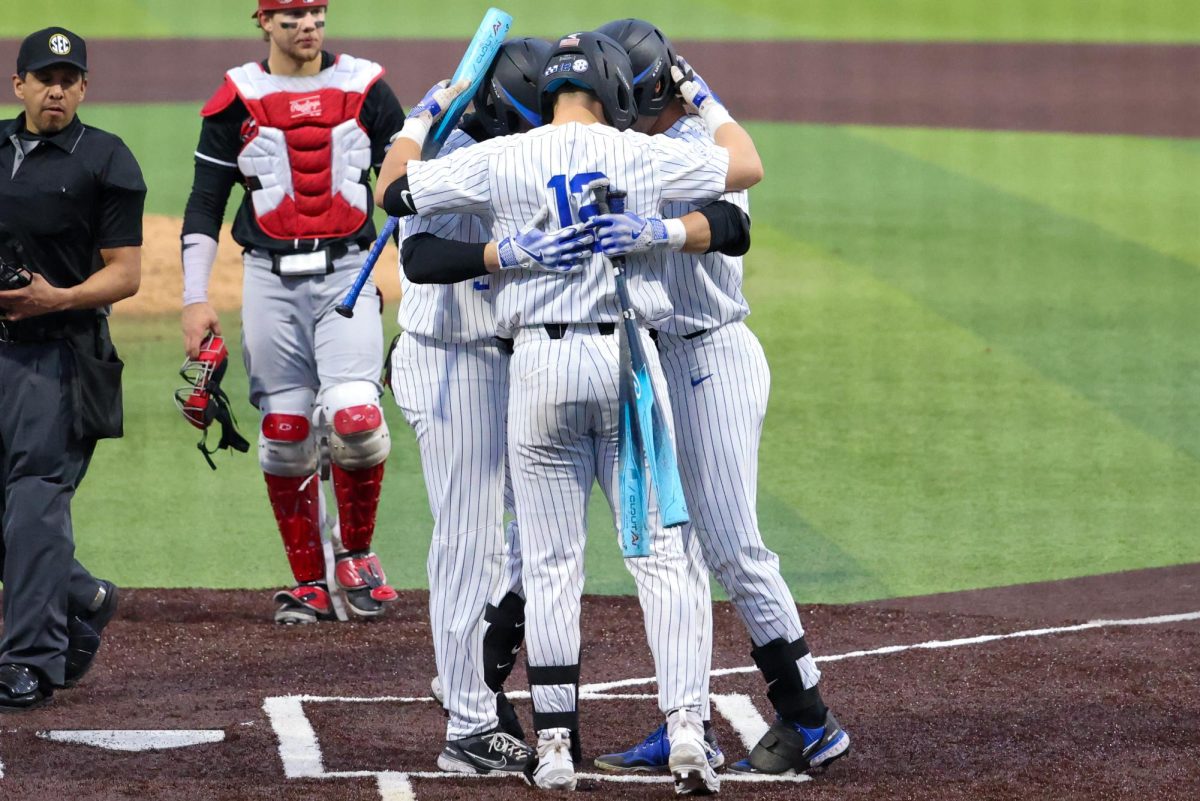In the Southeastern Conference (SEC), college football is a religion.
Followers gather at least once a week in attire that signifies their allegiances, children are raised and taught to love their team from the moment they can appreciate the game and, for many followers, their allegiance is a pivotal part of who they are as a person.
College football, unlike the theologies of old, has opted to ditch the ornate cathedrals that decorate historic cities and adopt a different kind of building to set its congregation: the stadium.
Every weekend, tens of thousands of fans pack into these modern wonders — typically after hours of preparation outside to elevate spirits for the actual assembly — to relentlessly praise their stars in the hopes of it all culminating in a miracle.
With that in mind, while the stadiums of today can hold an unholy number of fans within their confines, things weren’t always that way. In fact, even some of the largest college football teams had rather humble beginnings.
The same is true for the University of Kentucky.
Prior to moving into their modern home, the Wildcats had held mass at Stoll Field.
Located in what is now simply an open field across from Memorial Coliseum and sandwiched between the Gatton Student Center and Singletary Arts Center, Stoll Field is cited to have been the host of the first American football game in the south, an 1880 contest between Transylvania and Centre College. That game, somehow, ended 13.75-0.
Having begun play before even the end of the American Civil War, it’s unsurprising that this “stadium” was anything but glamorous.
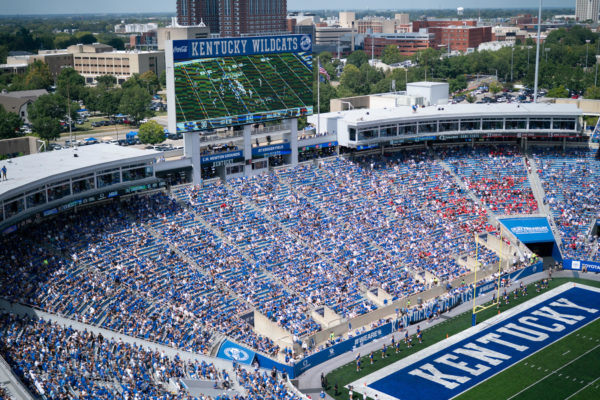
The field, which had previously played host to UK President James K. Patterson’s (namesake of Patterson Office Tower) cows, was then used for military training during the onset of both World Wars.
By this point, Stoll Field, also called McLean Stadium in honor of a student who died in a football game in 1923, had become the regular home of the Wildcats, who officially began consistent play there in 1916.
Kentucky played at the field for a while, including during the famous Bear Bryant era, but by the time the late 1960s and 70s rolled around, it was clear that a bigger home was needed.
See, Stoll Field and McLean Stadium at its heyday reached a maximum capacity of 37,000 fans, less than double what the modern day Rupp Arena, a basketball facility, holds.
As such, Kentucky’s 1972 victory, by a score of 14-13, over Vanderbilt would be the final game the Wildcats ever had in the facility. The KHSAA State Championships would be the final overall events, with Trigg County High School and Lexington’s own Tates Creek High School being the final winners on its surface.
While construction had started much earlier, the 1973 season would officially kick off a new era in Lexington with the debut of Commonwealth Stadium.
When it was first finished, the venue held 57,800 of the Wildcat faithful, over 20,000 more (or around one more Rupp Arena) than its tenant’s former host.
The Cats would waste little time breaking in their new home, defeating the Virginia Tech Hokies 31-26 on that day 50 years ago.
To kick off the Commonwealth Stadium era the Wildcats found … mediocre results for the most part. The 1976 season was probably the best, with the Cats finishing tied for first in the SEC before blanking North Carolina 21-0 in the Peach Bowl.
While the Cats, then led by Fran Curci, also went 10-1 in 1977, that season is remembered far more for the fact that UK was on NCAA Probation and thus ineligible for any kind of championship or bowl game due to recruiting violations.
Things would take a turn for the worse after that point, and it would be decades before Kentucky would finish top two in any kind of SEC play, even after the conference split into two divisions.
Several more coaches would lead the Wildcats onto the grounds of Commonwealth Stadium to round out the 20th century, including Jerry Claiborne, Bill Curry and, finally, Hal Mumme, who perhaps now is more fondly remembered for his offensive coordinator being the late, great Mike Leach.
By the time the new millennium rolled around, it was about time for the stadium, over 100 years on from the field football game in the south, to have a bit of a face lift.
Both ends of the stadium were enclosed and 40 suites were added, turning the once rectangular establishment into an oval. With renovations costing around $28 million, the capacity was also increased by over 10,000 seats to over 67,000 which, interestingly enough, is more than it has even now.
Unfortunately for the passionate flock, while Y2K brought upgrades to the field itself, it did not bring upgrades on the field.
Guy Morriss took over for Mumme, who left in shame with a forced resignation after a recruiting scandal and more probation in 2001. He was the head coach during the infamous “Bluegrass Miracle” in which, after taking the lead with 11 seconds on the clock, fans doused Morriss Gatorade to celebrate … just before LSU attempted, and completed, an 80-yard Hail Mary to win the football game.
Unsurprisingly, Morriss resigned to accept a job at Baylor after being unhappy with his tenure.
While Rich Brooks was able to bring the first bowl game to Kentucky football since Mumme’s 1999 Music City Bowl loss in 2006, he never finished higher than third in the SEC East before retiring at the start of the new decade.
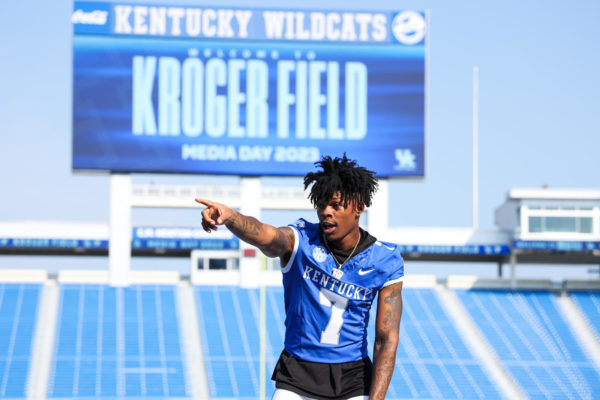
It was then, as the infamous Joker Phillips era kicked off in Lexington, that Commonwealth Stadium underwent another renovation, this time in the audio and visual department, totaling another $6 million.
Phillips got three pitiful years in the venue before fans were all but demanding his firing and, after a disastrous 2-10 2012 season, Athletic Director Mitch Barnhart granted them their wish.
It was also around this time that the bastion of Kentucky football saw some of its bleakest of times and congregation numbers struggled.
In an infamous 2013 (the first year of head coach Mark Stoops) 22-6 loss to Vanderbilt, only 33,488 fans made their way into the stadium, and far less than that were left by the time the final whistle rolled around. It was the worst home attendance recorded since November 16, 1996, in a game which came after head coach Bill Curry was fired midseason.
It was only after reaching such a low point that things began turning around for the Cats both on the field and … with the field.
Results began to improve and, in 2015, Commonwealth Stadium found love. The partner? Cincinnati-based grocery store chain Kroger.
The two tied the knot in 2017, renaming the venue to Kroger Field, after the stadium had also undergone a further $110 million renovation in 2015 that decreased capacity to its modern figure of 61,000 but added a plethora of luxuries and amenities.
Since that happy marriage, the Cats have gone on to finish second in the SEC East three times and within the top three five times, winning two Citrus Bowls in the process and beginning a bowl game streak, which is still active, of seven years, the longest in program history.
In the 2022 season, which was considered rather disappointing by most, attendance never dropped below 57,474 (which was ironically a loss to Vanderbilt in a real full-circle moment), which almost beats the original maximum capacity of the stadium.
The venue, which also continues to remain true to its roots in hosting the high school state championships every year, then turned 50 years old in 2023, with the Cats’ matchup against Akron set for one day after the anniversary.
So far in the 2023 campaign, the attendance has not dipped below 58,286, even bringing in over 61,000 for an FCS opponent in the form of Eastern Kentucky.
Suffice to say, while Asbury University made headlines This year for the scale of its mass, Kroger Field, and the religion of Kentucky football, has had quite the revival of its own and, so long as Stoops continues to lead the team with success, his parish seems as devoted as ever.









































































































































